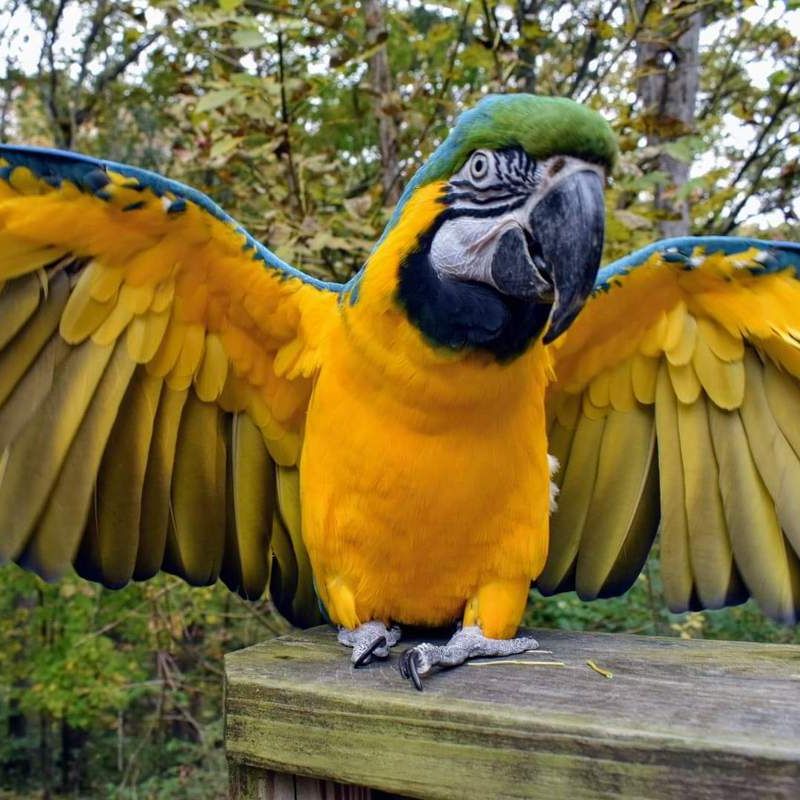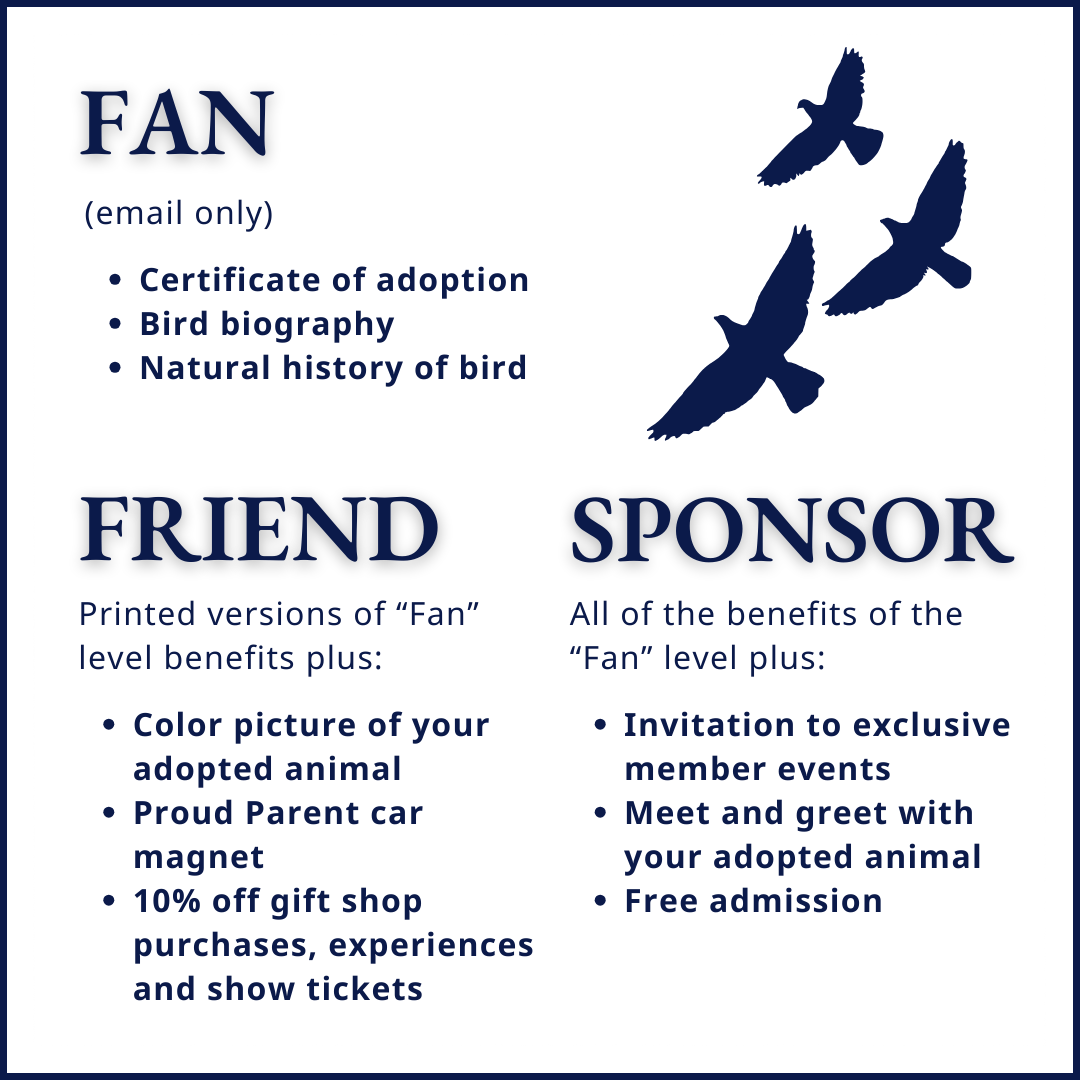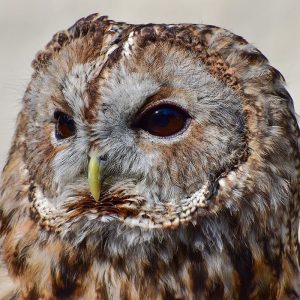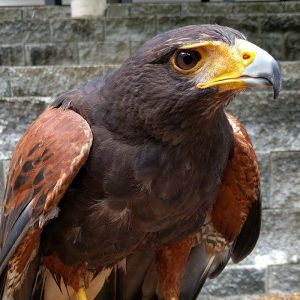Blue and Gold Macaw – Waylon
Waylon is currently the oldest bird at World Bird Sanctuary, having hatched the same year that the Sanctuary was founded! In his younger days Waylon did programs at our show in Busch Gardens Tampa, where he would pose for photo opportunities on guests’ arms. He was originally hatched there, and permanently joined the World Bird Sanctuary team. These days he does programs closer to home, but still goes on the occasional cross country trip to help collect donations for the Sanctuary.
$29.00 – $129.00
Description
HATCH YEAR: 1977
FUN FACTS ABOUT WAYLON
- When not collecting donations or participating in shows, Waylon lives at the Nature Center where he can watch guests come and go.
- While not as showy or attention seeking as the younger macaws near him, any volunteer or Naturalist will tell you he is the sweetest parrot they’ve ever met.
- While he DOES talk, he will only do so for treats from his trainers. In his old age he has also learned to avoid “free labor”.
- He adores being given large boxes and newspaper, and is known for giving very quiet laughs in quiet moments in the classroom.
SPECIES FACTS
Scientific Name:
- Ara ararauna.
Distribution:
- South America range includes Venezuela, Peru, Brazil, Bolivia, Ecuador, and Paraguay. In Central America their range is restricted to Panama.
Habitat:
- Forests, savannah, and woodlands.
Diet:
- Variety of plant material, seeds, fruit, and nuts.
Behavior:
- Mate for life. Nest almost exclusively in dead palm trees. Female lays two to three eggs and incubates them for about 28 days. One chick will be dominant over the others, begging for food, so the other nestlings will perish. Chicks fledge the nest at about 97 days old.
- Male’s feather coloration signals to the females readiness to mate. Bolder coloration of feathers generally indicates very healthy birds, so males with bolder coloring usually have a better chance of successfully finding a mate.
- Can mimic sounds in their environment, so they are popular in marketplaces and in the pet trade because they can learn to “talk.”
- Under human care, macaws are basically two-year-olds throughout their entire lifespan, which can be over 60 years! They tend to scream when they want attention and need lots of stimulation by their caregivers in order to be happy.
Identification:
- Large, mostly blue parrot with bright orangey-yellow chest, under tail, and wings. Top of head has a small patch of bright green.
- Beak is black; feathers under chin are black; feet are gray with black talons.
- Skin on face is white with black feathers ringed around the eyes.
Additional information
| Adoption Level | Fan, Friend, Sponsor |
|---|





